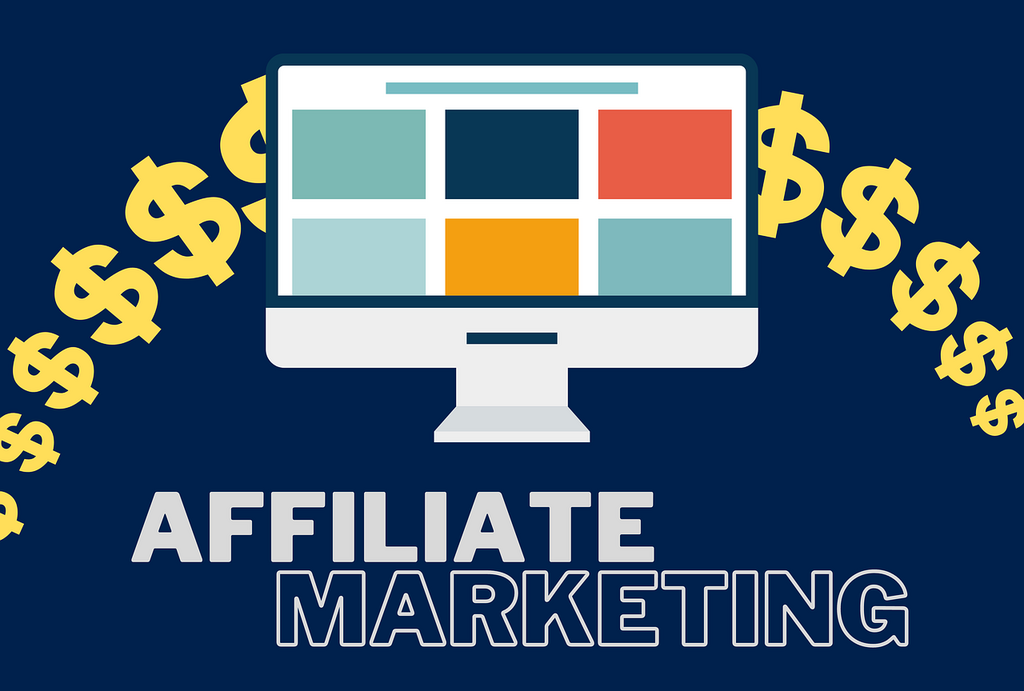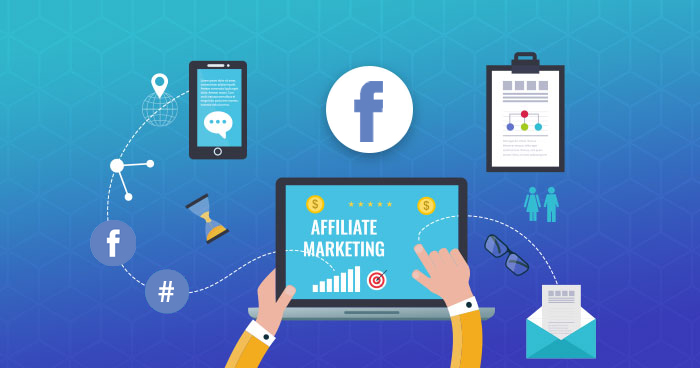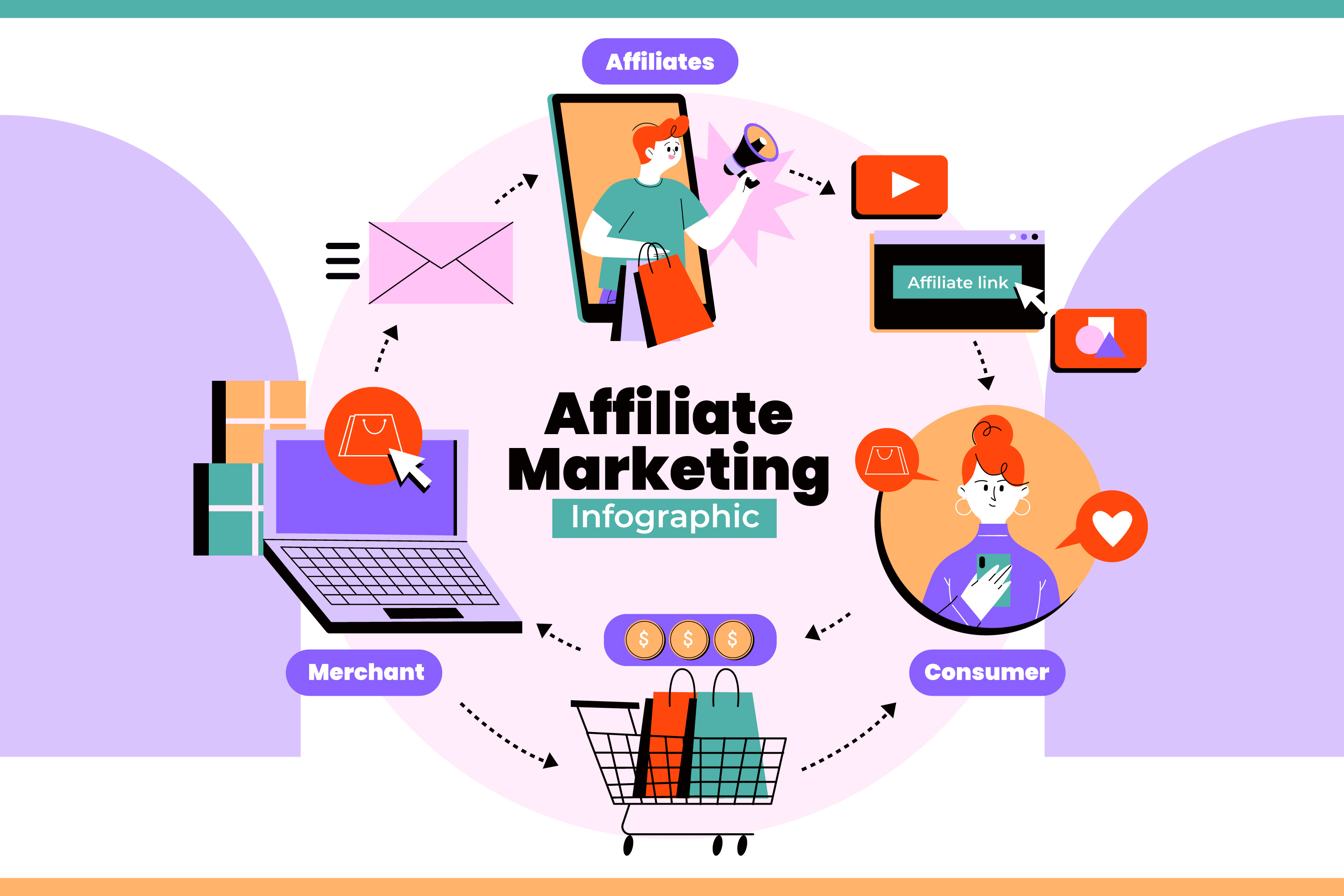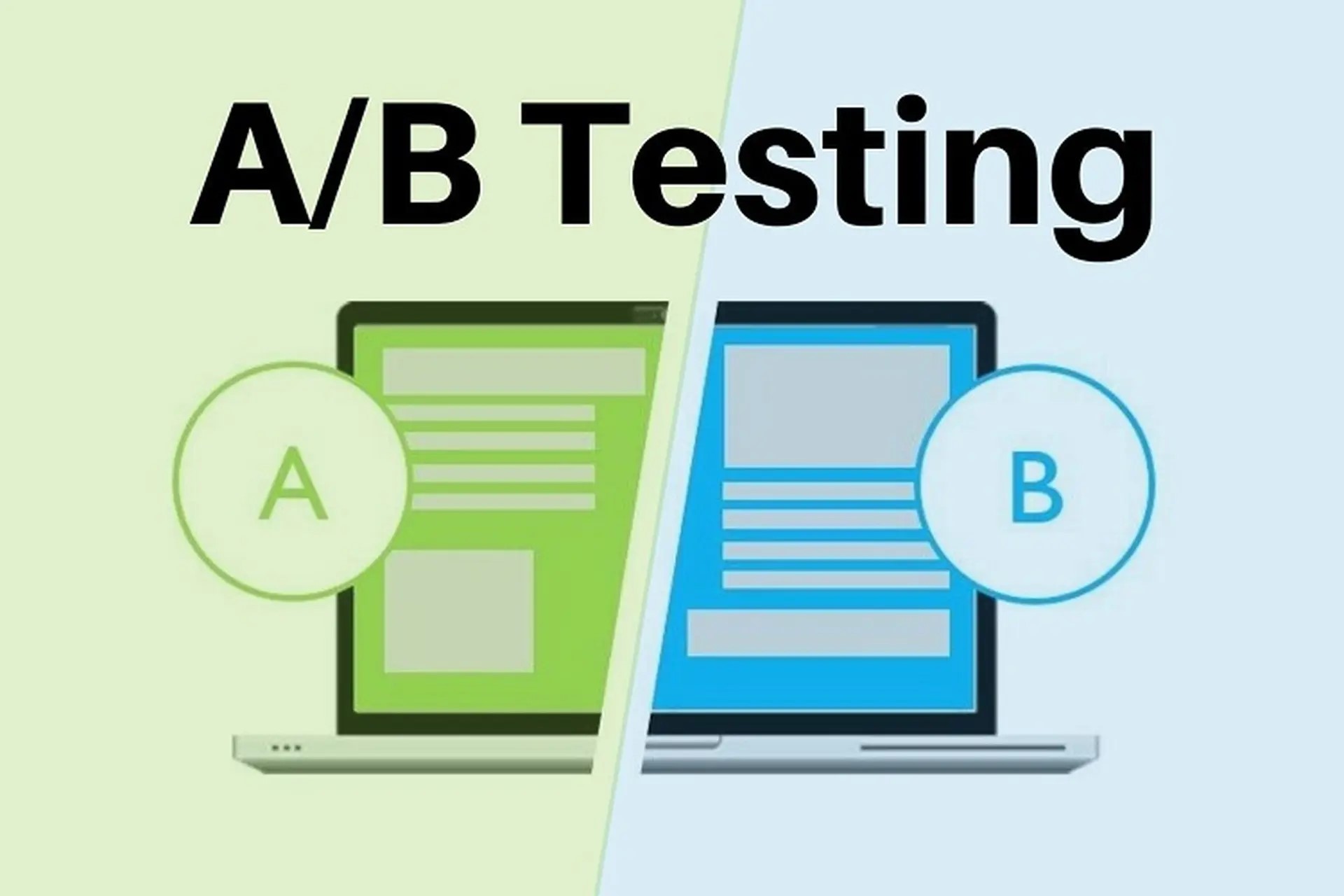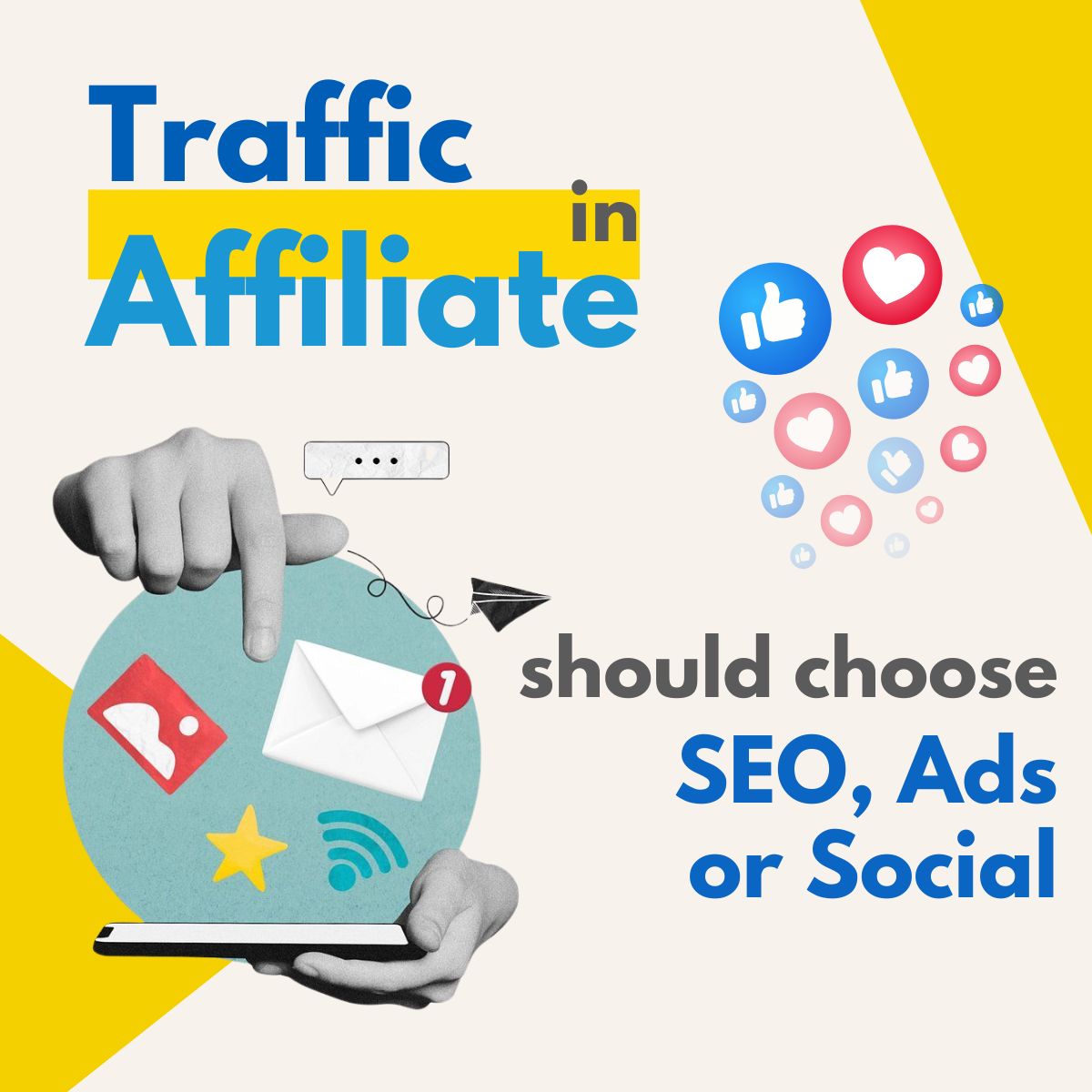What Is an SEO Landing Page? Best Practices for Optimizing an SEO Landing Page for Top Rankings
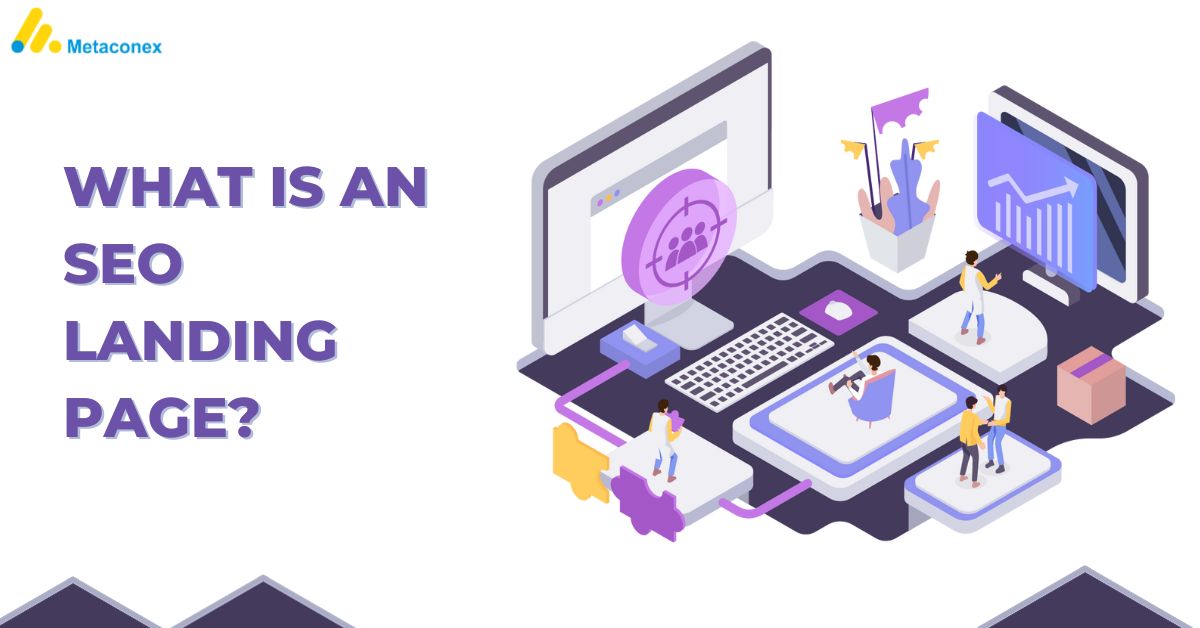
SEO Landing Page is not only a pivotal element in online marketing strategy but also a vital link between businesses and customers. By optimizing the landing page, you not only attract targeted traffic but also ensure that your audience consists of the most important individuals. This increases conversion opportunities and shapes a positive experience for users, enhancing the effectiveness of your marketing strategy.
What is a Landing Page?
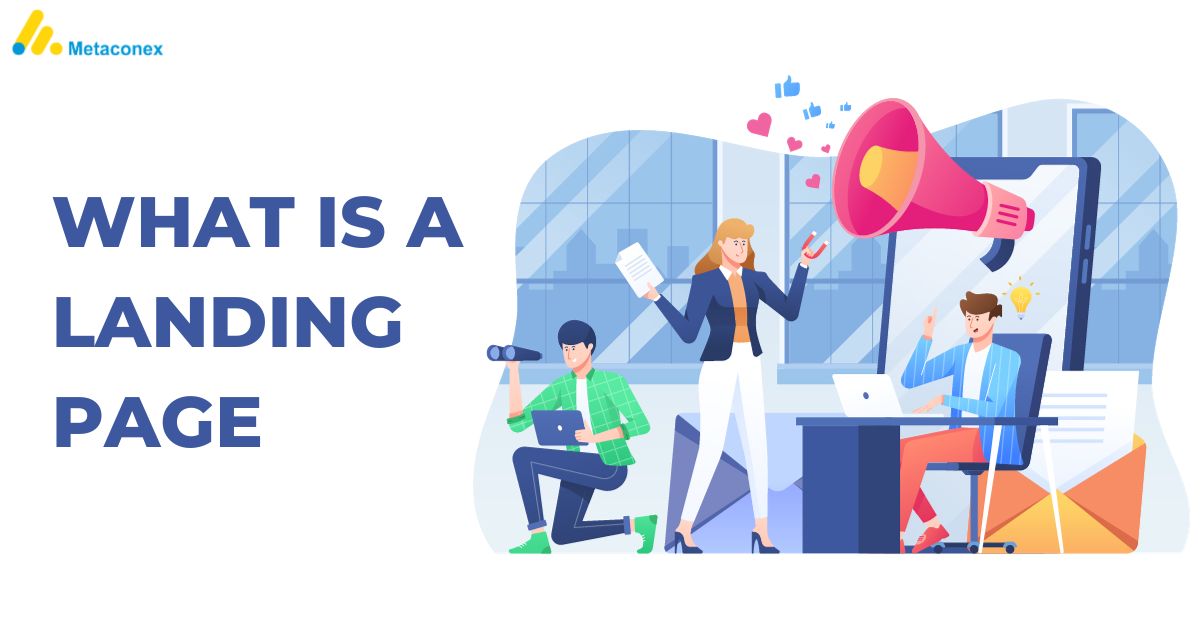
A landing page, or destination page, is the most important webpage in online marketing strategy. For many websites, this is often the homepage, the starting point users access when entering the domain into the browser.
In marketing campaigns, a landing page is the page you want users to see after clicking on an ad, internal link, or external link.
Although it usually doesn't have all the elements of a regular page, a landing page is designed to guide users to perform a specific action, such as submitting a form, making a purchase, or signing up for a service. Carefully crafting and optimizing a landing page is crucial to achieving high performance in marketing campaigns.
What is an SEO Landing Page?
SEO Landing Page involves optimizing a landing page for targeted keywords to make the landing page SEO-friendly. The goal of SEO Landing Page is to increase traffic, improve conversion rates, and achieve your objectives.
These objectives could include potential customers taking actions such as registering, providing information, signing up for a course, or making a purchase.
Benefits of Optimizing an SEO Landing Page
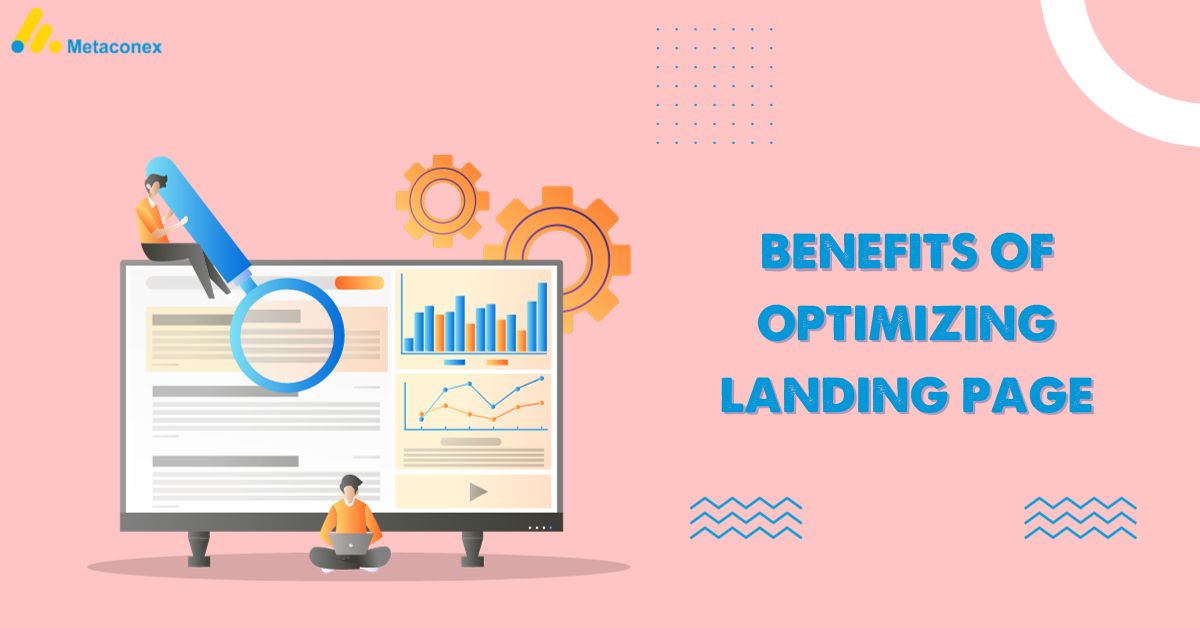
Increase Conversion Rates: By adjusting the content and structure of the page, you can optimize it to attract and persuade visitors to take desired actions, from signing up to making a purchase.
Enhance Campaign Performance: Optimized landing pages strengthen the performance of marketing campaigns, reduce bounce rates, and increase conversion opportunities, thereby increasing the return on marketing investment.
Improve User Experience: Optimized landing pages create a positive experience, reduce page load time, and provide clear information, enhancing user satisfaction.
Boost Credibility: Quality and well-crafted landing pages can enhance brand credibility, instill trust in visitors, and encourage them to take desired actions.
Attract Quality Traffic: By optimizing for SEO factors, you can attract quality traffic from search engines, increasing the chances of reaching the right audience.
How to Optimize an SEO Landing Page
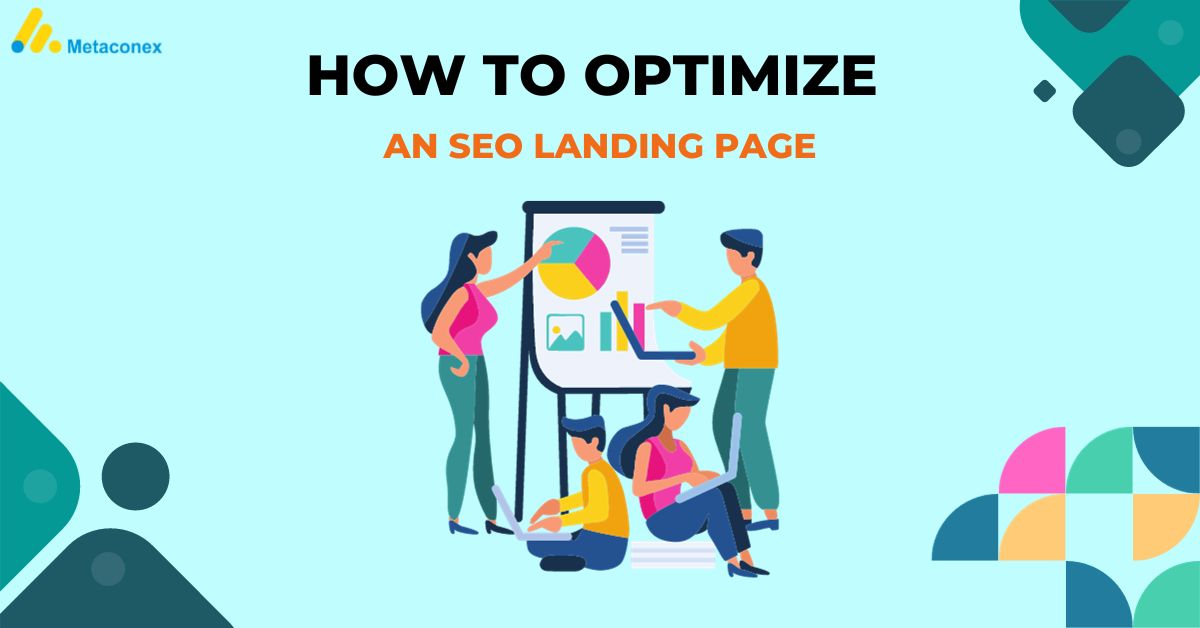
Here are the best practices to optimize your landing page for SEO:
Publish the Landing Page to Your Own Domain
This is the first and essential step. To reap any SEO benefits, landing pages should be published under your own domain.
Using a third-party service to host your landing page may minimize or eliminate any potential rankings.
Many third-party providers offer the option to publish landing pages under their subdomains, like lovestory.cafex.biz.
SEO experts know that this is not ideal. A good practice is to publish your landing pages under your own domain, like cafex.biz/landing-page-name, or even better, as a subdirectory of your website, such as metaconex.io/landing-page-name.
Some landing page design services provide the option of using this custom domain format. It may involve an initial setup cost, but it's a good direction.
Optimize Landing Page URL
Ensure adherence to all SEO-friendly URL rules.
Keep the URL concise and accurate; lengthy URLs can cause confusion for both search engines and users.
Incorporate relevant keywords without overloading the URL with excessive keywords.
Use lowercase characters exclusively, avoiding spaces.
Separate words using hyphens for clarity.
Aim for a short and memorable landing page URL, facilitating improved sharing on social networks or forums.
Choose Keywords to Target
To optimize SEO for any page, you first need to know which keywords you want that page to rank for.
When it comes to SEO landing pages, this task becomes a bit more complex because SEO keywords need to align with the keywords already defined on the main page.
For example, if you want to rank for the keyword "Weight Loss Tips" for a landing page, but find it challenging for a product-focused landing page, you may consider broader, trending terms like "Weight Loss Tea Package" (assuming you sell weight loss tea).
For harder keywords, you might create a separate content page on your website. The advantage of the landing page is that you use it for advertising, prioritize its display on your website, place banners on other websites, and users may remember its short URL. The disadvantage is that Google doesn't like duplicated content.
Based on the desired keyword, optimize the landing page content, meta tags, and other elements.
Use tools like Google Keyword Planner or SEMrush to identify relevant keywords and their search volumes.
Create High-Quality Website Content
Content is king in the world of SEO, and your landing page is no exception.
Craft high-quality, engaging, and relevant content that addresses the needs and interests of your target audience.
Use your chosen keywords naturally within the content, headings, and meta tags.
Avoid keyword stuffing, as it can negatively impact user experience and search engine rankings.
Ensure that the content provides value and is easy to understand.
Optimize Meta Tags
Meta tags, including the title tag and meta description, play a crucial role in SEO.
Craft a compelling and concise title tag that includes your target keyword.
The title tag should accurately reflect the content of the page and entice users to click.
Write a concise and informative meta description that encourages users to click while providing a summary of what they can expect on the landing page.
Use unique meta tags for each landing page to avoid duplicate content issues.
Optimize Images and Media
Visual elements are essential for user engagement, but they also impact SEO.
Compress and optimize images to reduce page load times.
Use descriptive file names and alt text for images, incorporating relevant keywords.
Ensure that multimedia elements do not hinder page load speed.
Implement Header Tags
Proper use of header tags (H1, H2, H3, etc.) helps search engines understand the structure and hierarchy of your content.
Include your target keyword in the H1 tag, which is typically the main heading of the page.
Use subheadings (H2, H3, etc.) to organize content and provide a clear hierarchy.
Header tags also make your content more readable for users.
Create a Compelling Call-to-Action (CTA)
The primary purpose of a landing page is to encourage users to take a specific action.
Create a compelling and clear call-to-action (CTA) that guides users on what steps to take next.
Use persuasive language and make the CTA button or link prominently visible.
Optimize for Mobile Devices
With the increasing use of mobile devices, it's crucial to ensure that your landing page is mobile-friendly.
Use responsive design to provide a seamless experience across various devices.
Test your landing page on different devices to ensure proper display and functionality.
Improve Page Load Speed
Page load speed is a critical factor for both user experience and SEO.
Optimize images, minimize HTTP requests, and leverage browser caching to improve page load times.
Use tools like Google PageSpeed Insights to identify and address speed-related issues.
Monitor and Analyze Performance
Regularly monitor the performance of your SEO landing page using analytics tools.
Track key metrics such as traffic, conversion rates, bounce rates, and keyword rankings.
Use the insights gained to make data-driven optimizations and improvements.
Optimizing your landing page for SEO is a strategic approach that combines elements of user experience, content quality, and technical SEO. By following best practices and continually refining your approach based on data and analytics, you can create landing pages that not only rank well on search engines but also effectively convert visitors into customers.
